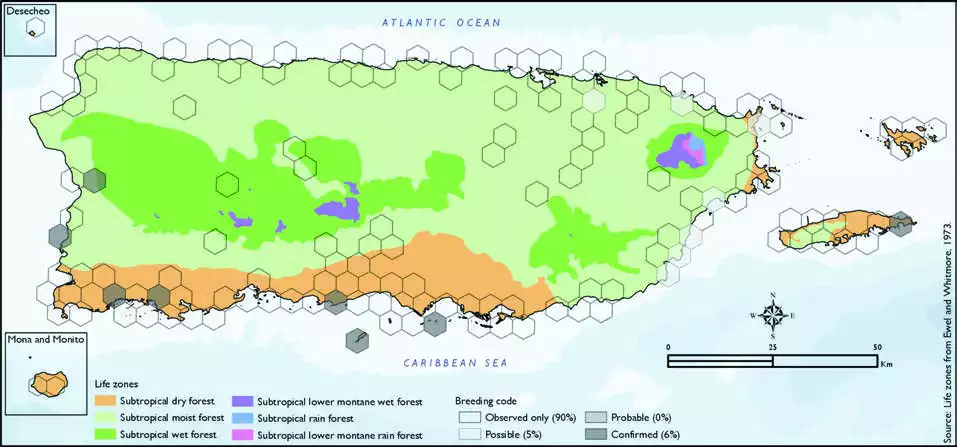Brown Pelican
Description
The brown pelican (Pelecanus occidentalis) is a bird of the pelican family, Pelecanidae, one of three species found in the Americas and one of two that feed by diving into water. It is found on the Atlantic Coast from New Jersey to the mouth of the Amazon River, and along the Pacific Coast from British Columbia to northern Chile, including the Galapagos Islands. The nominate subspecies in its breeding plumage has a white head with a yellowish wash on the crown. The nape and neck are dark maroon–brown. The upper sides of the neck have white lines along the base of the gular pouch, and the lower fore neck has a pale yellowish patch. The male and female are similar, but the female is slightly smaller. The nonbreeding adult has a white head and neck. The pink skin around the eyes becomes dull and gray in the nonbreeding season. It lacks any red hue, and the pouch is strongly olivaceous ochre-tinged and the legs are olivaceous gray to blackish-gray.
Distribution & Habitat
The Brown Pelican occurs through coastal areas of southern
North America, Central America,
and northern South America
including the West Indies. It
is a common resident seabird
in Puerto Rico (Oberle 2018,
Raffaele 1989a), with one of
the largest breeding colonies in
Vieques (Gemmill 2015), and two
other important colonies used to
monitor the breeding population:
Cayo Don Luis and Cayo Fríos in
the municipality of Lajas (USFWS
2009a). The population in Puerto
Rico experiences major die-
offs and low fl edging success,
mainly of juvenile individuals
(Oberle 2018). This species inhabits shallow inshore waters,
estuaries, and bays, avoiding the
open sea including lagoons and
coastal areas in general, but is
also present in inland freshwater
reservoirs (BirdLife International 2018, Raffaele and others 1998). The atlas fieldwork yielded a
total of 281 records within 144
hexagons or 30 percent of the
479 total hexagons (see map).
Of the 144 hexagons where this
species was found, breeding
met the atlas definition of
confirmed in 6 percent (eight)
of the hexagons and possible
in 5 percent (seven), while the
species was observed in 90
percent (129) of the hexagons
but without evidence of breeding
(see map). Brown Pelican distribution. The map shows the highest breeding code by hexagon and overlaying the ecological life zones in
Puerto Rico. Note: percentages may not total 100 due to rounding. 143Brown Pelican/Pelícano Pardo

Breeding Habits
The Brown Pelican nests in colonies, on trees, sometimes
on cliffs, near or on the ground
mostly in offshore cays (BirdLife
International 2018). Breeding
is not associated with any
season of the year, according
to previously published reports
(Raffaele and others 1998).
Atlas results indicate that most
of the breeding activity takes
place from March to July, with a
peak in June (see chart). Results
show that this species is mostly
associated with the subtropical
moist and subtropical dry forest
life zones (53 and 47 percent of
the hexagons, respectively) (see
table and map).
Conservation
Overall, Brown Pelican populations are suspected to
be increasing throughout the
species distribution, and it is
classified as a species of least
concern by the IUCN (BirdLife
International 2018). The Brown
Pelican was on the Endangered
Species List for many years due
to several threats that drastically
affected some populations,
including organochlorine
pesticides such as dichloro-
diphenyl-trichloroethane (DDT);
coastal development; disturbance
of nesting colonies by fishermen,
boaters, and other recreationists;
loss and disturbance of roosts;
hurricanes; declines in prey fish; and oil spills (USFWS
2009b). In 2009, the species was
delisted and is now considered
a recovered species in Puerto
Rico (USFWS 2009b) but is still
classified as locally endangered
and protected by Commonwealth
laws in Puerto Rico (PRDNER
2016). In Puerto Rico, the Brown
Pelican has a protected habitat
in land of 9 percent or 33 km2 of the total area covered by
the hexagons where evidence
of breeding was found for this
species (~359 km2).
Related Species
Family:
pelican